Best tech for Pediatrics: 2018
Catch up with the latest innovative technology products from this past year for your pediatric practice.
InfantEar system

FebriDx

HemoCue

blinq.
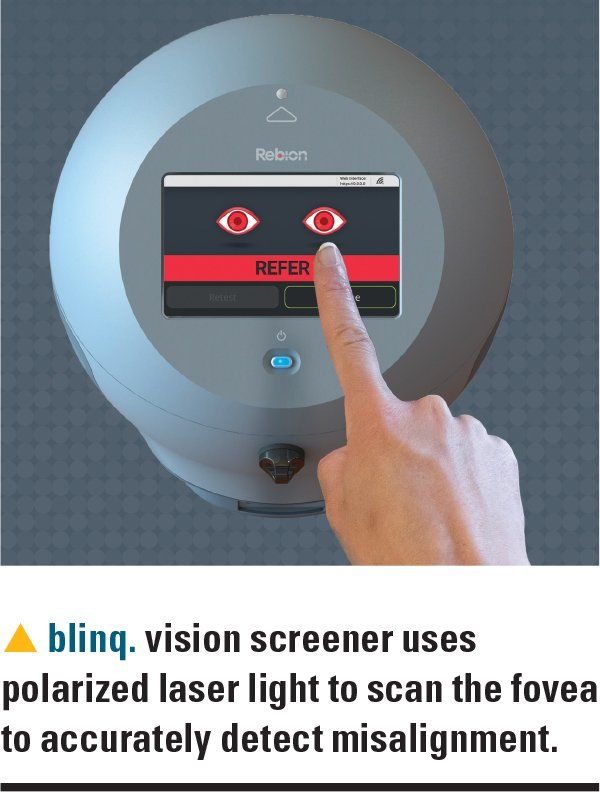
TAP
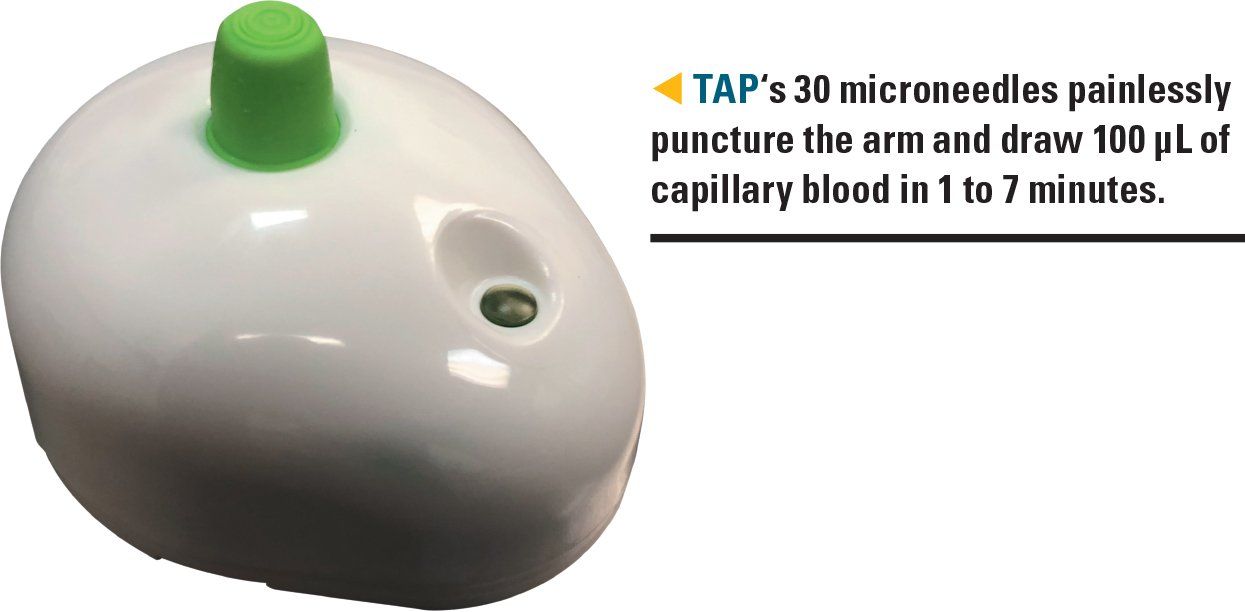
SnapMD

Bio-Logic AuDX
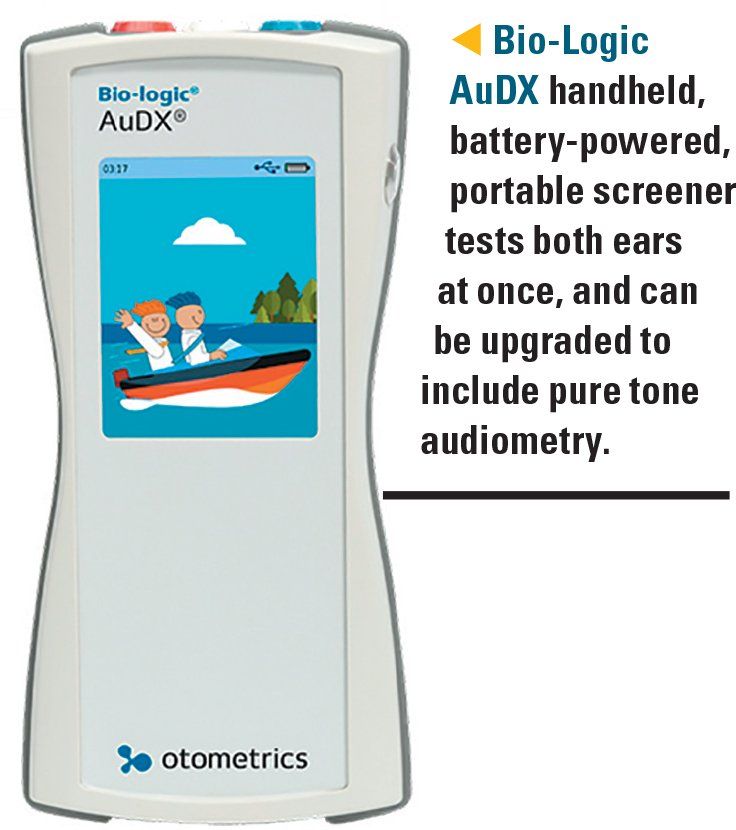
Sofia 2 Fluorescent Immunoassay Analyzer

How the 20th Century Cures Act will impact patient care
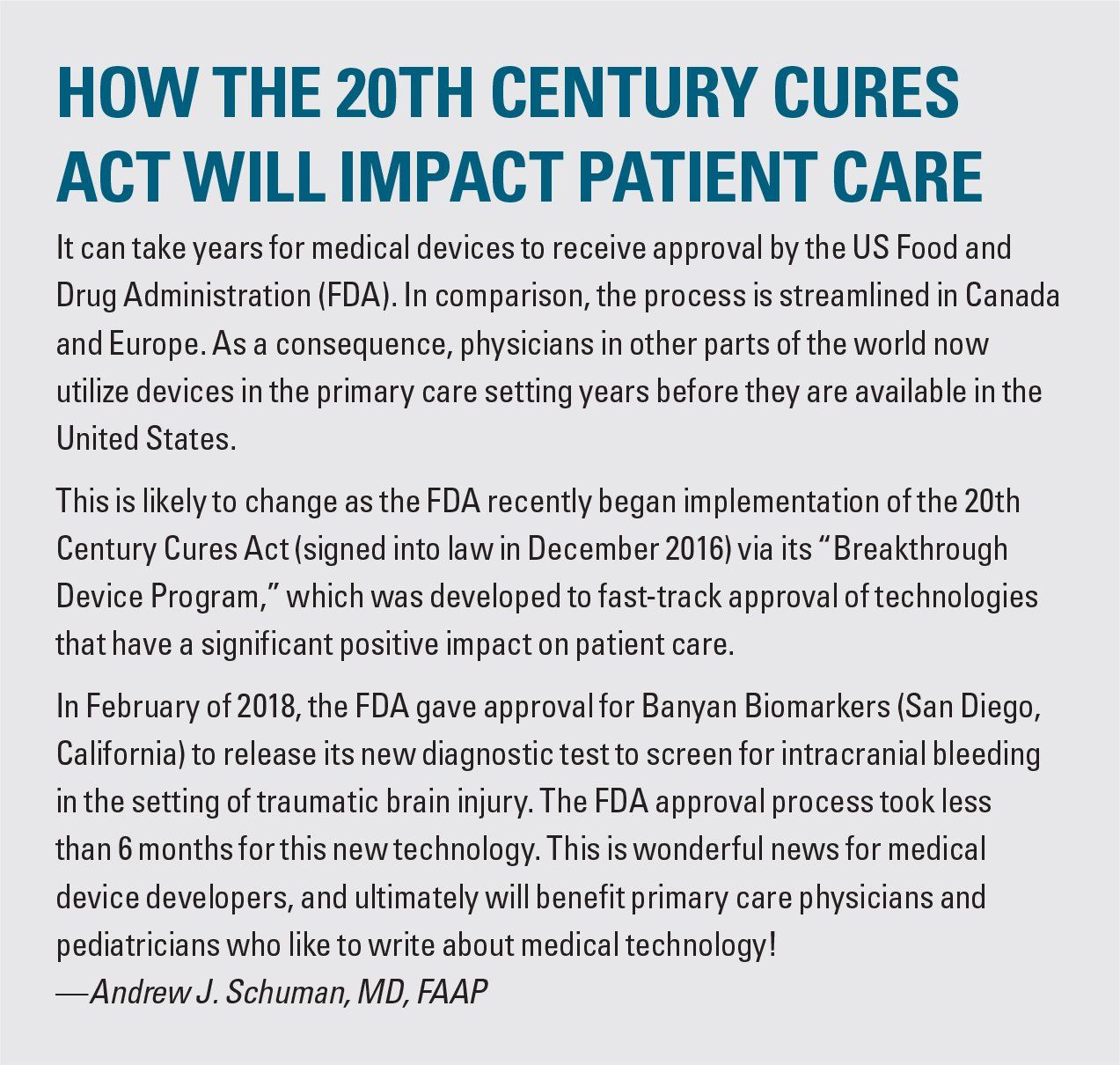
This year marks my 30th year of writing about medical technologies and medical practice for Contemporary Pediatrics. I’ve authored close to 200 articles, and I look forward to writing many more!
This year there is much to present, so, without further ado, let’s delve into this year’s Best Tech!
Deformed ears
As pediatricians, we often encounter newborns who have external ear deformations, typically from in utero positioning of the fetus. Although we comfort parents by telling them that over time the ear deformations will reshape, in point of fact, many do not. The former chief of Plastic and Reconstructive Surgery at Children’s Hospital of Philadelphia, Pennsylvania, Scott P. Bartlett, MD, has introduced a new ear molding system that facilitates reshaping ears by pediatricians in as little as 2 weeks. Because the flexibility of the newborn ear changes rapidly due to waning levels of maternal estrogen, the reshaping process must begin as soon as possible, usually within the first 2 weeks of life.
The InfantEar system (TalexMedical LLC; Malvern, Pennsylvania), shown left, looks like an arts and crafts kit. After shaving, a plastic base plate is positioned and fastened behind the ear. Velcro “conformers” are attached to the base plate and the deformed ear, reshaping it. A rim piece is placed over the conformers, and then a silicone matrix material is applied, and the area covered with a secure cap that is removed 3 weeks later.
A gallery of before and after pictures can be found on the InfantEar webpage: www.infantear.com/gallery. Each tray treats 1 ear and costs $550, but typical reimbursement exceeds $2000. The company will train interested physicians to use the device.
FebriDx is in your future
Pediatricians wish to remain diligent when it comes to avoiding antibiotic misuse. FebriDx was developed by the RPS Diagnostics team (Sarasota, Florida) led by Robert Sambursky, MD, to identify a clinically significant infection and distinguish a host immune response from viral and/or bacterial pathogens in acute upper respiratory infections (URIs). The FebriDx test is a lateral flow immunoassay that combines both C-reactive protein (CRP) and myxovirus resistance protein A (MxA) in a painless fingerstick. The CRP test has been found to have a nonspecific elevation in the presence of both bacterial and viral infections,1-7 whereas MxA is highly specific to a wide range of viral infections.8 The combination of MxA and CRP results in a very sensitive and specific test that distinguishes bacterial from viral respiratory infections in the outpatient setting.
Most recently, a multicenter US trial showed that FebriDx had a 95% sensitivity, 94% specificity to identify host response to a bacterial infection, and a 99% negative predictive value (NPV) to rule out a significant bacterial infection in febrile patients. These results indicate that the FebriDX device may dramatically reduce the prescription of unnecessary antibiotics.9 Best of all, FebriDx is inexpensive and anticipated to cost approximately $15. It takes 30 seconds to run and 10 minutes to result.
Today, FebriDx is already available in Canada and Europe, and Sambursky anticipates that the US Food and Drug Administration (FDA) will begin clinical trials in the spring of 2019. Hopefully, under the Breakthrough Device Program, the FDA will expedite the approval process and this device may be in the hands of pediatricians next year.
Point-of-care WBC fingerstick test
Most pediatricians are familiar with the HemoCue (Brea, California) hemoglobin analyzer. This device became available decades ago and rapidly supplanted the noisy hematocrit spinner as pediatricians preferred the quick and silent operation of the HemoCue. In Europe, physicians have been using a point-of-care fingerstick white blood cell (WBC) analyzer from HemoCue for some time. In minutes, the analyzer provides a total WBC count and a 5-part differential with percentages of neutrophils, lymphocytes, eosinophils, basophils, and monocytes.
In the United States, HemoCue markets a total WBC analyzer (without differential) that is not Clinical Laboratory Improvement Amendments (CLIA) ‘88 waived (ie, classified as “moderately complex” by the FDA). The device costs about $1000, and tests run about $3, with reimbursement running about $8. HemoCue will soon apply to the FDA for approval of a device similar to the European model with a 3-part differential. I believe having a waived point-of-care, WBC assay will reduce the prescription of unneeded antibiotics, much like the FebriDx device.
blinq. has arrived
If you are a regular reader of these Best Tech articles, you know that I’ve frequently praised a high-tech pediatric vision screener developed by David Hunter, MD, PHD, chief of Ophthalmology at Boston Children’s Hospital, Massachusetts. The blinq. device uses polarized laser light to conduct a 2-second “neural performance scan” of the fovea to accurately detect binocularity associated with as little as 1-degree misalignment, detecting amblyopia, microstrabismus, and strabismus in children. A previous study showed that a prototype of the current device detected amblyopia and strabismus with a sensitivity of 97% and specificity of 98%, substantially better than existing screeners.10
Hunter formed a company called Rebion (Boston, Massachusetts) to commercialize the blinq.’s technology. The device will be available in the first quarter of 2019 with a price that will be announced at launch. The device is much quicker than existing vision screeners and, more importantly, will avoid the substantial overreferral rate to pediatric ophthalmologists associated with existing technology. As the blinq. device will be billed under a different code than current screeners, testing will likely be paid at a higher rate. It is anticipated that the device will pay for itself in a matter of months while saving considerable healthcare costs.
A painless phlebotomy device?
Seventh Sense Biosystems (Medford, Massachusetts) markets a novel painless TAP blood collection system (top right) that is only 1.5 inches in diameter. The TAP uses a ring of 30 microneedles to puncture the skin of the arm and collects 100 microliters of capillary blood in 1 to 7 minutes. At present, TAP has approval only for drawing a lithium heparin sample in patients aged 18 years and older when used in conjunction with point-of-care hemoglobin A1C assays.
I’ve tried the device, and it collects blood painlessly and the patient never sees any needles. Such a device would be a boon to pediatric practice and I am optimistic that the FDA will eventually approve the use of the TAP system in pediatric patients for a variety of point-of-care systems that can analyze capillary blood specimens.
SnapMD for telehealth
The American Academy of Pediatrics (AAP) has selected SnapMD as a “Telehealth Technology Provider” for members interested in adopting telehealth to improve patient care and facilitate healthcare access. I’ve been using telehealth for some time and find it extremely useful for managing patients with attention-deficit/hyperactivity disorder (ADHD), depression and anxiety, acne, rashes, conjunctivitis, and follow-up for acute visits. Telehealth visits are reimbursed by insurance companies in my state of New Hampshire and patients love the convenience. The AAP has negotiated excellent rates for member pediatricians for enrollment in SnapMD along with waiver of a setup fee, as part of the AAP Member Advantage Program.
SnapMD (Glendale, California) will customize the system to your specifications and include your practice logo and color scheme in the application. SnapMD supports video visits/conferencing among as many as 6 individuals and can connect with remote diagnostic devices. To access information regarding the AAP’s SnapMD Member Advantage Program, visit www.snap.md/aap_member_advantage/aap-landing.html.
Hearing screening
When I started my practice decades ago, I used an otoacoustic emissions (OAE) screener from Bio-Logic Systems called the AuDX. It was quick and easy to use, and now OAE hearing screeners have become a staple of pediatric practice. According to the AAP’s Bright Futures guideline, hearing screening should be done yearly beginning at age 4 years through age 6 years, and again at ages 8 and 10 years.
Natus Medical (Schaumburg, Illinois) has acquired Bio-Logic Systems and has recently released a “reboot” of the AuDX device as the Bio-Logic AuDX. It’s a handheld, battery-powered, portable screener that can play a cartoon to distract young patients during the screening, and both ears can be tested simultaneously. It also can be upgraded to include pure tone audiometry, so that hearing loss can be quantified for patients who refer on OAE screening.
First CLIA-waived Lyme antibody test
The Sofia 2 Fluorescent Immunoassay Analyzer (FIA; Quidel Corporation; San Diego, California), below, is a point-of-care device that quickly identifies patients with strep, influenza, and respiratory syncytial virus (RSV) infections. This year, Quidel received CLIA-waived status from the FDA to market its new Lyme FIA assay that qualitatively detects immunoglobulin (Ig) M and IgG antibodies to Borrelia burgdorferi from fingerstick blood. Results are available in as little as 3 minutes, negative results reported in 15 minutes. Positive antibody tests will need to be followed up with a diagnostic Western blot test.
In conclusion
Whew! What a great year for medical technology and innovation! If you’d like to learn more about any of the technologies briefly presented here, please visit www.medgizmos.com for video reviews and a webinar detailing the “Must Have Gadgets and Technology: 2018.” (For the webinar, click on “New ‘Best Tech 2018’ webinar in our software area.”)
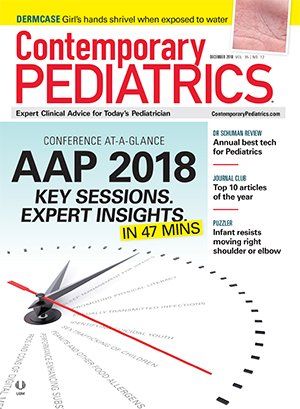
Anger hurts your team’s performance and health, and yours too
October 25th 2024Anger in health care affects both patients and professionals with rising violence and negative health outcomes, but understanding its triggers and applying de-escalation techniques can help manage this pervasive issue.